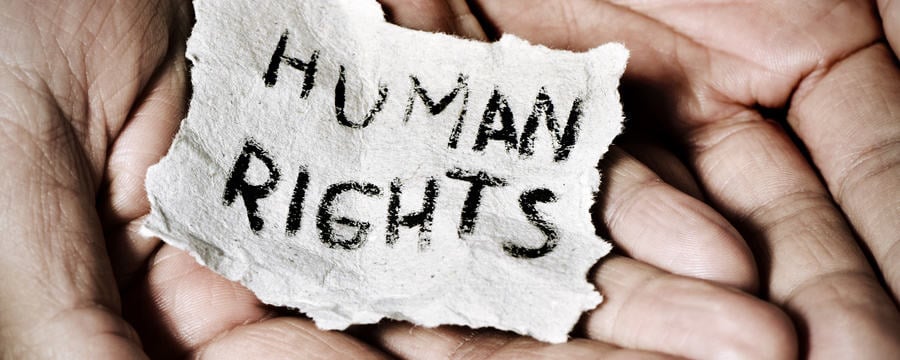Home / Law / Crime & Criminology / Human Rights and International Criminal Law: An Introduction / The SG Special Representative on Sexual Violence in Conflict
This article is from the free online
Human Rights and International Criminal Law: An Introduction


Reach your personal and professional goals
Unlock access to hundreds of expert online courses and degrees from top universities and educators to gain accredited qualifications and professional CV-building certificates.
Join over 18 million learners to launch, switch or build upon your career, all at your own pace, across a wide range of topic areas.








